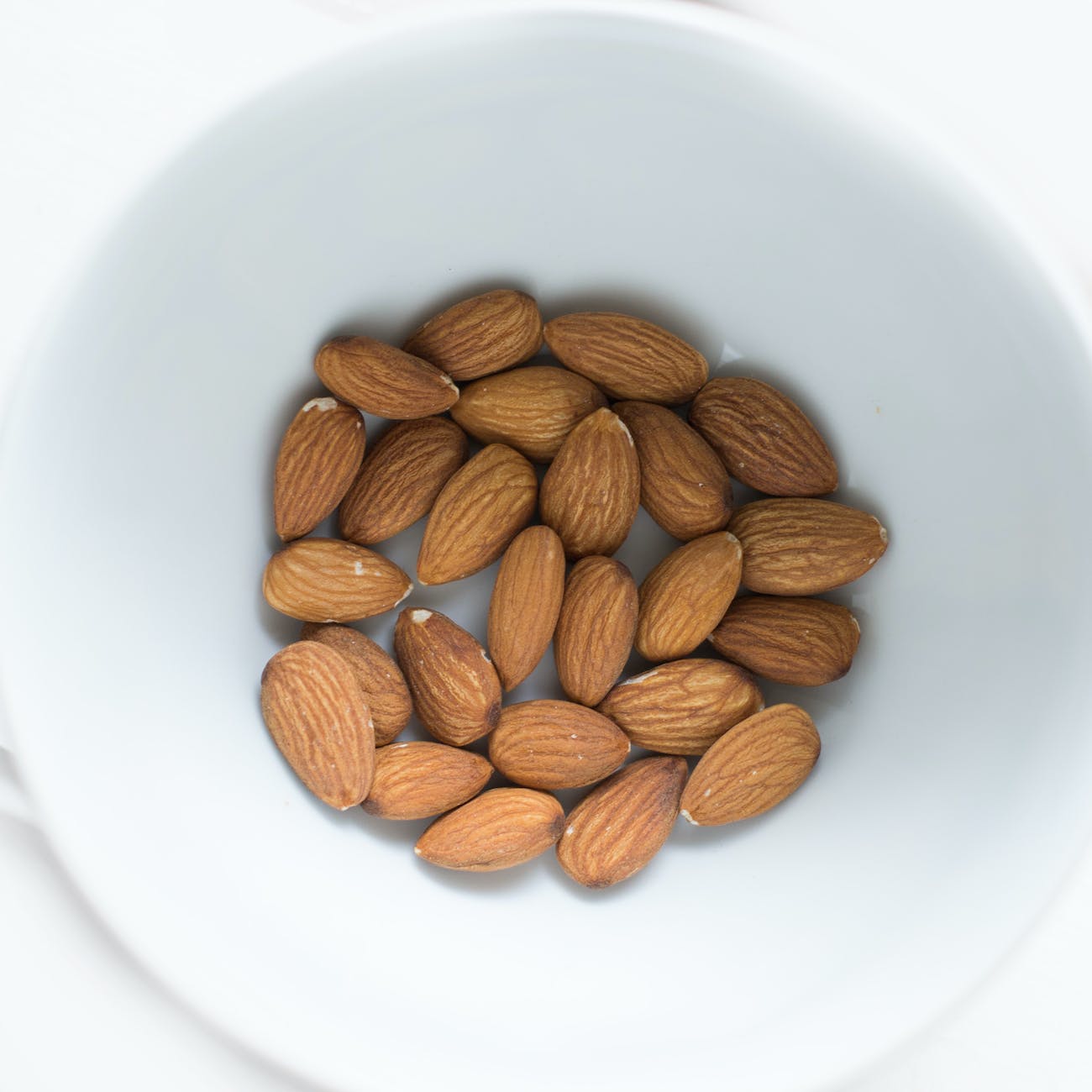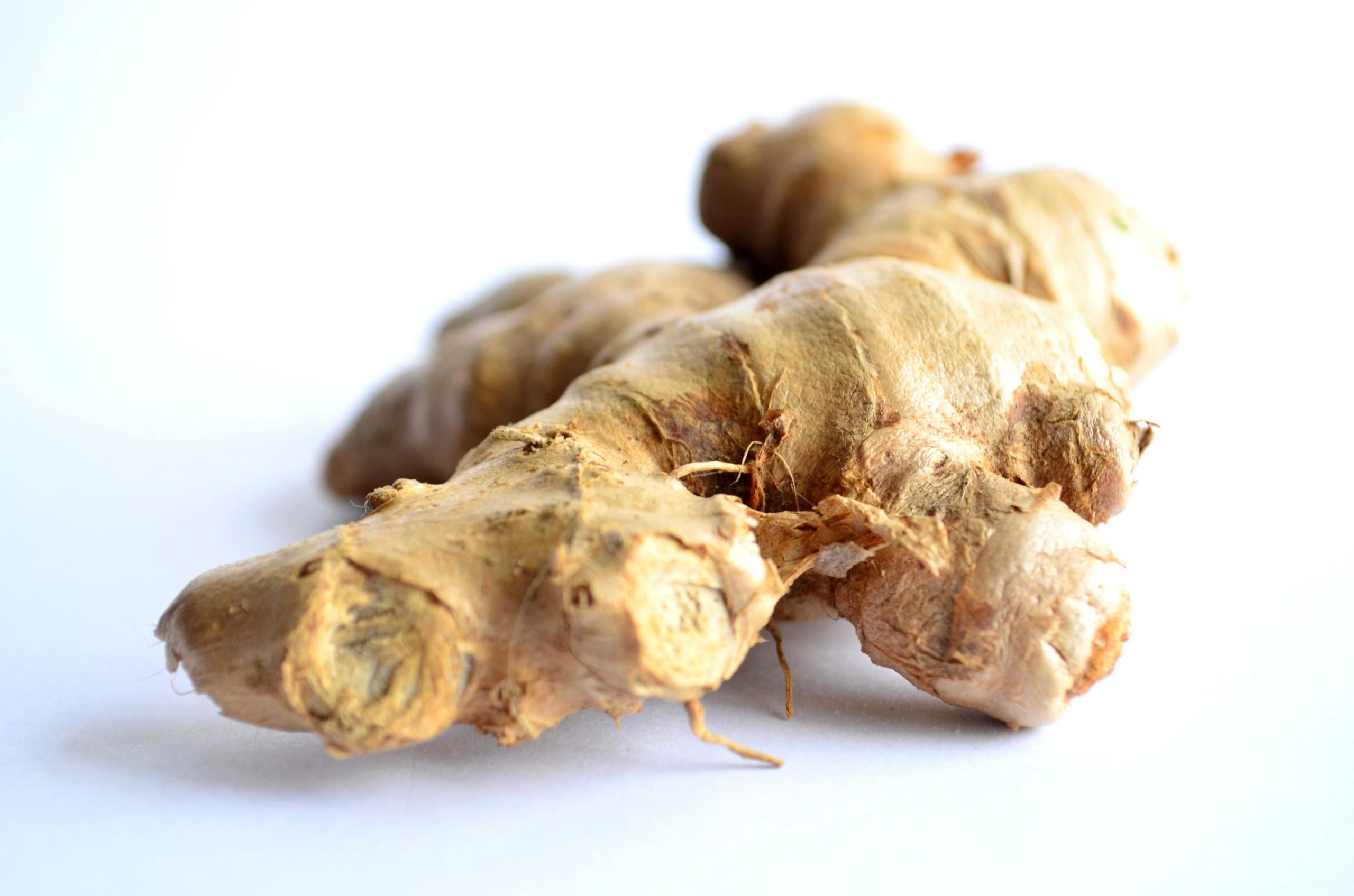
Almonds are one of the most nutrient-rich nuts, packed with essential vitamins, minerals, and healthy fats. They are also known for their numerous health benefits, including promoting brain health, memory, and concentration. In this essay, we will explore how almonds can benefit your brain and improve your cognitive abilities.
Almonds are rich in vitamin E, an antioxidant that helps protect brain cells from oxidative stress caused by free radicals. Studies have shown that vitamin E can reduce the risk of Alzheimer’s disease and other forms of dementia. In addition, almonds contain magnesium, which plays a critical role in regulating the nervous system and improving brain function. Magnesium also helps reduce stress and anxiety, which can improve cognitive performance.
Almonds are also an excellent source of healthy fats, including monounsaturated and polyunsaturated fats. These fats are essential for brain function and help improve memory and concentration. The omega-3 fatty acids found in almonds are particularly important for brain health. These fatty acids help build brain cell membranes and improve communication between brain cells.
Furthermore, almonds are an excellent source of protein, which is essential for the growth and repair of brain tissue. The amino acids found in protein help build neurotransmitters, which are chemicals that transmit signals between brain cells. Neurotransmitters are essential for learning, memory, and concentration.
Almonds also contain a range of minerals that are beneficial for brain health, including zinc, copper, and iron. These minerals are essential for the production of neurotransmitters and the regulation of brain function.
Research has also shown that almonds can help improve cognitive performance. In one study, participants who consumed almonds daily for six months showed significant improvements in memory and reasoning skills compared to those who did not consume almonds.
In addition to their brain-boosting benefits, almonds are also a delicious and versatile food that can be incorporated into your diet in many ways. They can be eaten as a snack, added to salads or smoothies, or used to make almond milk or almond butter.
They are excellent food for promoting brain health, memory, and concentration. They are packed with essential vitamins, minerals, and healthy fats that are crucial for brain function. By incorporating almonds into your diet, you can improve your cognitive abilities and protect your brain from age-related decline. So, next time you are looking for a healthy snack, reach for a handful of almonds and give your brain a boost!
5 benefits of Almonds for Brain, Memory, and Concentration
Almonds are a delicious and nutritious food that can provide numerous benefits for brain health, memory, and concentration. Here are five specific benefits of almonds:
- Rich in Vitamin E: Almonds are an excellent source of vitamin E, a powerful antioxidant that can help protect brain cells from damage caused by free radicals. This antioxidant property can reduce the risk of cognitive decline, including Alzheimer’s disease and other forms of dementia.
- High in Healthy Fats: Almonds are rich in healthy fats such as monounsaturated and polyunsaturated fats, which are essential for brain health. These fats help improve memory and concentration, and they also play a crucial role in building brain cell membranes and improving communication between brain cells.
- Good Source of Protein: Almonds are an excellent source of protein, which is essential for building and repairing brain tissue. The amino acids found in protein help build neurotransmitters, which are essential for learning, memory, and concentration.
- Contains Magnesium: Almonds are rich in magnesium, a mineral that is critical for brain function. Magnesium plays a key role in regulating the nervous system, reducing stress and anxiety, and improving cognitive performance.
- Improves Cognitive Performance: Several studies have shown that almonds can improve cognitive performance. Participants who consumed almonds daily for six months showed significant improvements in memory and reasoning skills compared to those who did not consume almonds.
Almonds can provide numerous benefits for brain health, memory, and concentration. They are an excellent source of vitamin E, healthy fats, protein, and magnesium, and can improve cognitive performance. By incorporating almonds into your diet, you can boost your brain health and protect against age-related decline.
How to eat Almonds for maximum benefits of Brain, Memory, and Concentration
Almonds are a delicious and nutritious food that can provide numerous benefits for brain health, memory, and concentration. Here are some tips on how to eat almonds for maximum benefits:
- Eat Them Raw: Raw almonds are the most beneficial as they retain all their nutrients. Avoid roasted or salted almonds, as they can contain added sodium, which may not be healthy for the brain.
- Soak Them: Soaking almonds overnight can help remove the enzyme inhibitors, which can interfere with nutrient absorption. This process can also make them easier to digest.
- Include Them in Your Diet: You can add almonds to your diet in several ways. They can be eaten as a snack, added to salads, or used to make almond milk or almond butter.
- Eat Them with Other Brain-Boosting Foods: Eating almonds with other brain-boosting foods can enhance their benefits. For example, you can add almonds to oatmeal or yogurt, which are also known for their cognitive benefits.
- Control Portion Sizes: Almonds are a calorie-dense food, so it is essential to control portion sizes. A small handful of almonds (around 1 ounce) is a healthy serving size.
Incorporating almonds into your diet can provide numerous benefits for brain health, memory, and concentration. Eating raw, soaked almonds and controlling portion sizes, along with adding them to your diet and pairing them with other brain-boosting foods, can maximize their benefits. So, next time you are looking for a healthy snack or an ingredient to add to your meal, reach for some almonds and enjoy their delicious and nutritious benefits.
What are the common types of Almonds Available in India?
India is one of the world’s largest producers and consumers of almonds, and there are several types of almonds available in the country. Here are the common types of almonds available in India and a comparison between them:
- California Almonds: California almonds are the most popular type of almonds in India, and they are widely available in grocery stores and supermarkets. They are larger in size, have a mild flavor, and are usually sold shelled or unshelled.
To explore the latest options, prices, variations, etc of California Almonds available on Amazon in India, please Click Here.
- Gurbandi Almonds: Gurbandi almonds are smaller in size than California almonds, and they have dark brown skin and a rich, intense flavor. They are mostly grown in the state of Jammu and Kashmir and are considered to be one of the best quality almonds available in India.
To explore the latest options, prices, variations, etc of Gurbandi Almonds available on Amazon in India, please Click Here.
- Mamra Almonds: Mamra almonds are grown in the Middle East, and they are small in size, have a wrinkled texture, and have a slightly sweet taste. They are often sold shelled and are considered to be a premium variety of almonds due to their high nutritional value.
To explore the latest options, prices, variations, etc of Mamra Almonds available on Amazon in India, please Click Here.
- Kashmiri Almonds: Kashmiri almonds are grown in the Kashmir Valley, and they are smaller in size than California almonds, have reddish skin, and have a slightly bitter taste. They are often used in traditional Indian sweets and desserts.
To explore the latest options, prices, variations, etc of Kashmiri Almonds available on Amazon in India, please Click Here.
When it comes to nutritional value, all four types of almonds are rich in healthy fats, protein, fiber, vitamins, and minerals. However, Gurbandi almonds and Mamra almonds are considered to be more nutritious than California and Kashmiri almonds due to their higher levels of antioxidants, vitamins, and minerals.
In terms of taste and texture, Gurbandi almonds are the most flavorful and crunchy, while California almonds have a milder taste and a firmer texture. Mamra almonds have a unique taste and texture, while Kashmiri almonds have a slightly bitter taste.
All four types of almonds are nutritious and delicious, and the choice of which one to use depends on personal preference and availability. Gurbandi and Mamra almonds are considered to be the most nutritious, while California almonds are the most widely available. Regardless of which type you choose, almonds are an excellent addition to a healthy diet and can provide numerous health benefits.














